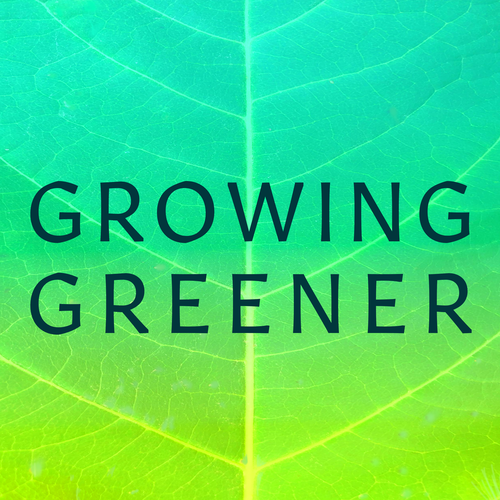Do you wonder about the effect that climate change is having on the appearance of your garden? One insight comes from the work of Dr. Matthew Koski of Clemson University. Dr. Koski has been studying the responses of common flowers to the on-going warming of the climate and the changes that is causing in the ozone layer.
To trace these changes over a period of 75 years, he has used herbariums, collections made by botanists of pressed plants, like a time machine. By looking at specimens collected decades ago and comparing them to more recent ones, he has been able to detect changes that have occurred in flower color over time.
Specifically, he has been looking at changes in how the flowers appear under ultraviolet (UV) light. That isn’t apparent to the human eye, which cannot see the ultraviolet part of the spectrum, although it can be detected by a special camera that Dr. Koski has developed.
How flowers reflect or absorb ultraviolet light is important to insect pollinators, however. They do see ultraviolet light and in fact use the patterns of UV absorptive and reflective pigments as targets to help them find the sexual organs in the flowers. As these patterns degrade in response to global warming and resulting changes in the ozone layer, this may threaten plant-pollinator relationships that evolved over many millennia.

